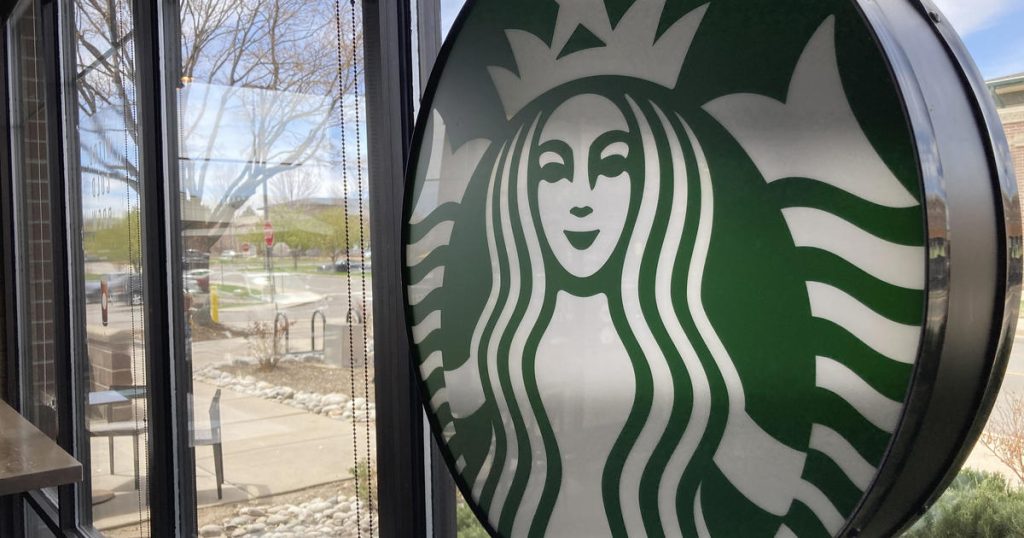Brian Niccol, the new CEO of Starbucks, recently posted an open letter outlining his plans to reestablish the coffee chain as the nation’s “community coffeehouse.” Niccol highlighted a shift in focus during the pandemic towards fulfilling to-go orders from the mobile app, which led to a loss of the core ambiance that Starbucks is known for. The previous CEO, Laxman Narasimhan, faced challenges such as sluggish sales, a declining stock price, and fading appeal among Americans during his tenure at Starbucks. Niccol aims to address these issues and improve the overall customer experience by returning to Starbucks’ roots.
Niccol’s letter has been seen as having a back-to-basics quality, signaling a clear recognition that Starbucks has strayed from its core purpose and is not satisfying customers as it once did. Despite the challenges ahead, Wall Street has embraced Niccol’s appointment, with Starbucks shares rising about 18% since he was announced as the new CEO in mid-August. Niccol, who has extensive experience as a restaurant executive, is credited with revitalizing Taco Bell’s image and turning things around at Chipotle after food-safety issues. However, his travel arrangement to Starbucks’ headquarters in Seattle by corporate jet has drawn criticism for being at odds with Starbucks’ commitment to environmental sustainability.
The Starbucks mobile app, which has become a significant part of the company’s operations, recently experienced an outage that caused problems for customers. The app outage affected customers’ ability to place orders, pay for purchases, and earn rewards, leading to frustration and inconvenience for many Starbucks patrons. This incident highlights the importance of technology in the modern consumer experience and the challenges companies face when their technology fails. Starbucks apologized for the inconvenience caused by the app outage and worked to resolve the issue as quickly as possible to minimize the impact on customers.
As Starbucks works to address operational challenges and improve the customer experience, the company faces competition from rivals in the coffee industry. Other coffee chains and independent cafes are also vying for customers’ attention and loyalty, offering unique products, experiences, and rewards programs. Starbucks must differentiate itself in a crowded market and find ways to connect with customers on a deeper level to maintain its status as a leader in the coffee industry. By focusing on its core values and delivering a consistent, high-quality experience, Starbucks can regain customers’ trust and loyalty.
In response to the changing landscape of the coffee industry and evolving consumer preferences, Starbucks is exploring new initiatives to drive growth and attract customers. The company is expanding its menu offerings, introducing new beverages and food items to cater to a diverse range of tastes. Starbucks is also investing in technology and digital innovation to enhance the customer experience, offering mobile ordering, personalized recommendations, and convenient payment options. By staying ahead of trends and listening to customer feedback, Starbucks aims to stay competitive and relevant in a rapidly changing market.
Overall, Starbucks is undergoing a period of transition under the leadership of CEO Brian Niccol, who is focused on reestablishing the company as a community coffeehouse and improving the customer experience. Despite challenges such as the recent app outage and increased competition in the coffee industry, Starbucks is working to adapt to changing consumer preferences, differentiate itself in the market, and drive growth through innovation and strategic initiatives. By staying true to its core values and delivering a consistent, high-quality experience, Starbucks aims to regain customers’ trust and loyalty and maintain its position as a leader in the coffee industry.















